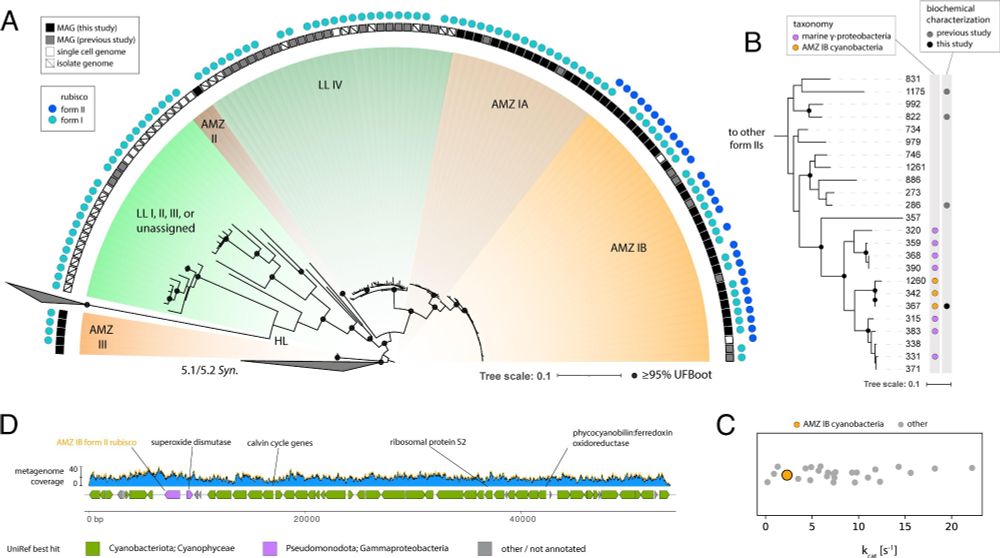
We challenge the idea of early Earth as major N2O source; reshaping views on climate & biosignatures. Led by S. Buessecker @annedekas.bsky.social lab!
➡️ Microbial N2O reduction in sulfidic waters: Implications for Proterozoic oceans
www.biorxiv.org/content/10.1...
We challenge the idea of early Earth as major N2O source; reshaping views on climate & biosignatures. Led by S. Buessecker @annedekas.bsky.social lab!
➡️ Microbial N2O reduction in sulfidic waters: Implications for Proterozoic oceans
www.biorxiv.org/content/10.1...







